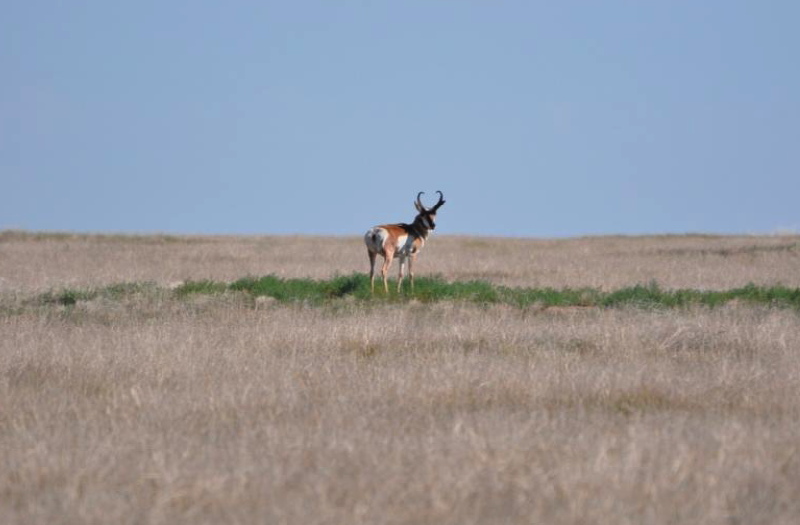Landscape Genetics of Deer and the Potential Spread of CWD in Kansas: A Pilot Study to Examine Deer Density and Hunting Pressure as Factors
 Investigators:
Investigators:
Dr. Samantha Wisely
Dr. Mark Stapham
Dr. Jack Cully
Project Supervisor:
Dr. Samantha Wisely
Dr. Jack Cully
Location:
Kansas
Cooperators:
Dr. Lloyd Fox
Funding:
U.S. Geological Survey
Completion:
September 2008
Objectives:
Identify risk factors for the spread of CWD and document the roles of population density and hunting pressure on genetic population structure.
Progress and Results:
Chronic wasting disease (CWD) is a prion caused wasting disease of cervids that is expanding its range in the U.S. There is an established focus in Colorado, Wyoming, and Nebraska, and in 2005 the first, and so far only, case was documented in northwestern Kansas. There is no documented disease risk to humans, but because of the potential of another prion disease, bovine spongiform encephalopathy (mad cow disease) to cause new variant Creutzfeldt-Jakob disease in humans, there is uncertainty of the safety of venison from infected deer. CWD also has the potential to reduce the value of the high quality trophy deer herd in Kansas, which could have negative impacts on an important tourist recreational activity.
We identified two factors that may be correlated with transmission risk, density of groups (motivated by evidence that density of prairie dog colonies rather than density of prairie dogs per se is important for the transmission dynamics of plague), and hunting pressure, which cause deer to aggregate in large numbers in refugia where they are protected from hunting. Because disease transmission is often density dependent, the increased density in refugia may increase transmission rates. This is a pilot study to identify indices of genetic connectivity of white-tailed deer at nine study sites that vary in deer group density and hunting pressure. The study is in progress.
Products: